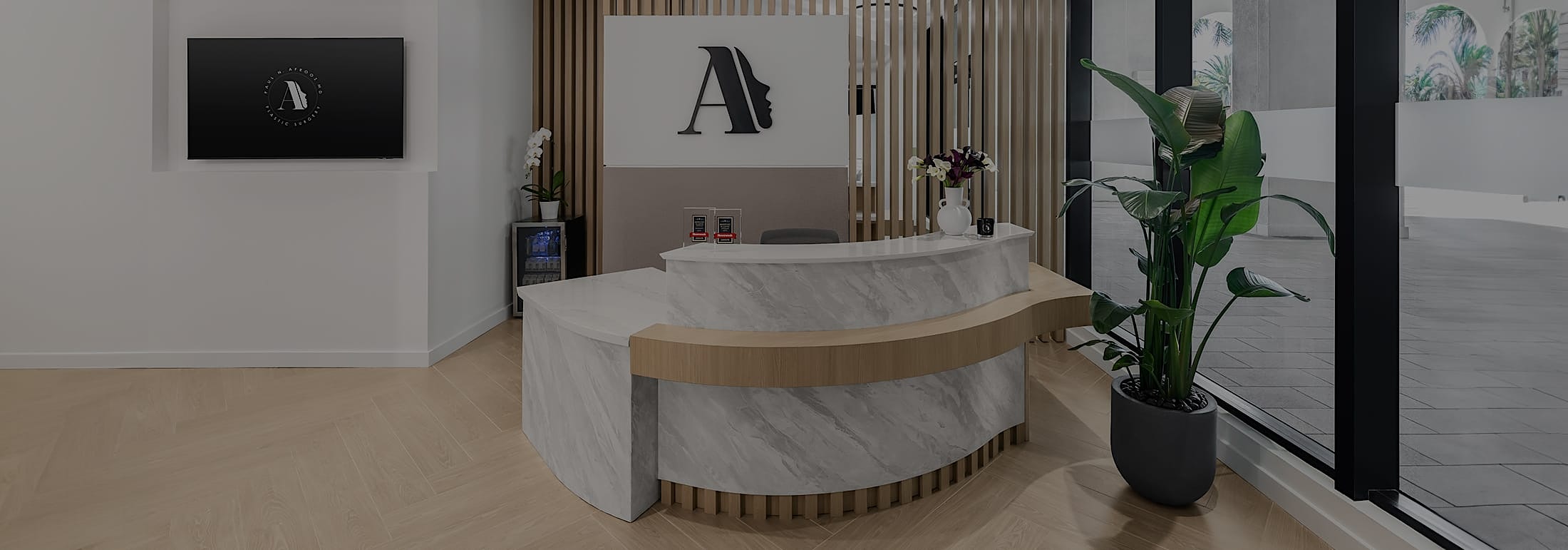If you want to treat facial wrinkles and volume loss but do not want to use products that are foreign to the body, facial fat transfer may be your answer. Facial fat transfer is one of the most natural and innovative ways to enhance various facial areas. As a two-part process, fat grafting harvests fat from the body before purifying the fat cells, which are then injected into the facial areas you want to enhance.
When you’ve chosen this procedure as your natural solution to facial enhancement, keep the following dos and don’ts of facial fat transfer in mind!
Do learn what to expect from facial fat transfer
Understanding what to expect from the procedure is one of the best things you can do. You can better prepare yourself for surgery and recovery when you have realistic expectations.
Also called fat grafting, facial fat transfer is a cosmetic procedure that adds volume to specific areas of the face, similar to how dermal fillers work but using purified fat from your body. The fat is harvested from a donor body site and then injected into the face to increase volume and reduce the appearance of wrinkles.
This facial rejuvenation technique is commonly used on the cheeks, jawline, and deep smile lines. Fat transfers can also:
- Reduce crow’s feet
- Smooth undereye bags
- Fill in a sunken look beneath your eyes
- Add volume to your temples
Keep in mind that some patients need more than one treatment. However, the benefits of fat grafting can last up to three years, making this one of the most long-lasting options for a youthful appearance.
Don’t skimp on resting
Your body will need ample rest following facial fat transfer for the best results. You may experience mild bruising and swelling where the fat was extracted. You may also experience mild facial swelling, which can last a few days. However, after approximately two weeks, the results are visible.
We recommend taking at least one week off from work and avoiding exercise and other physical activity until two weeks after your procedure. This gives the body enough time to heal correctly without unnecessarily being stressed.
When you’re resting, you will need to:
- Keep your head elevated for three to five days
- Apply antibiotic ointment as directed
- Take mild pain medication for any discomfort
- Sleep on a wedge or with extra pillows to reduce pressure on the treatment sites
Facial fat transfer recovery do’s and don’ts
Dr. Afrooz will prepare you thoroughly for your facial fat transfer recovery. However, here are some other dos and don’ts of facial fat transfer recovery to help you achieve a refreshed and sculpted facial appearance.
Do:
- Keep the treatment area elevated
- Take any pain medication Dr. Afrooz has prescribed
- Use an ice compress for the first 24 to 48 hours
- Check with Dr. Afrooz before resuming your normal activities
- Stay hydrated
- Contact Dr. Afrooz immediately if you have excessive pain, redness, pus, or other symptoms that don’t appear to be normal
- Sleep on your back to keep your face from pushing into the pillow
- Maintain a stable weight, as weight loss can reduce the amount of fat in your face
- Add more healthy fats to your meals, such as avocados and coconut oil
- Regularly take your temperature during the first few days post-op, as an elevated temperature can indicate infection
Don’t:
- Move or massage the treated area for a few days post-op to avoid disturbing the fat cells before they can “settle in”
- Smoke
- Do any strenuous activity until Dr. Afrooz advises you that it’s safe to do so
- Wear cosmetics until at least the day after
- Skip your post-op appointments!
Do trust Dr. Afrooz with facial fat transfer in Miami
To ensure the best results and the safest facial fat transfer, choose Dr. Afrooz. Dr. Paul N. Afrooz is a fellowship-trained surgeon with training from one of the top residency programs in the country. His expertise in cosmetic procedures is widely recognized and draws in patients from Miami, Boca Raton, Deerfield Beach, Delray Beach, Fort Lauderdale, and the greater South Florida area. Contact us today to learn about fat grafting or schedule a consultation.


